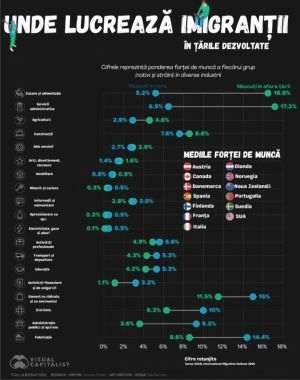The fight against pollution is a tough one, especially for economically powerful states with developed industries. China is setting new objectives for improving air quality as part of its strategy for green development and reduced carbon dioxide emissions, according to information published by the Chinese agency Xinhua. These objectives surpass the upper limits recommended by the World Health Organization (WHO). Chinese cities have faced high levels of air pollution in recent months, despite the efforts of authorities in recent years to improve air quality. The country aims to reduce the national average concentration of fine particulate matter, a measure of air quality, to less than 28 micrograms per cubic meter by 2027 and less than 25 micrograms by 2035. China had previously set a provisional national air quality standard of 35 micrograms per cubic meter, while the WHO's recommended limit is 5 micrograms. The new proposal specifically targets certain regions, including the Yangtze River Delta and the Beijing-Tianjin-Hebei region, considered "important battlegrounds against pollution." These areas will focus on controlling levels of fine particulate matter in the air and reducing pollutant emissions. Additionally, upgrades to steel mills and cement plants will be considered to reduce pollutant emissions. As the world's largest emitter of CO2, China has set the goal of surpassing the peak of carbon emissions by 2030 and achieving carbon neutrality by 2060.
Environment: New Objectives for Improving Air Quality
O.D.
English Section / 15 ianuarie 2024






























































